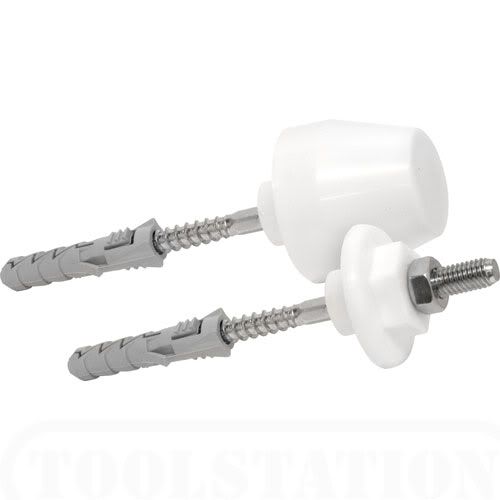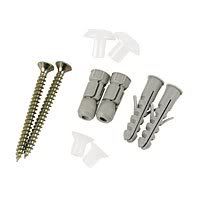Hi
The pan collar is not glued to the wall PVC yet. I still have the chance to change it with an off centric one.
My question is, where will I put the silicon to glue the pan on to the tile? Do I put lots of silicon on the tile around the circumference of the toilet base edge as well as under the edge? Is that good enough to hold it in place? Will it raise the bowl? If so, do I need to install the off centric collar instead of the current straight one?
thx

The pan collar is not glued to the wall PVC yet. I still have the chance to change it with an off centric one.
My question is, where will I put the silicon to glue the pan on to the tile? Do I put lots of silicon on the tile around the circumference of the toilet base edge as well as under the edge? Is that good enough to hold it in place? Will it raise the bowl? If so, do I need to install the off centric collar instead of the current straight one?
thx





